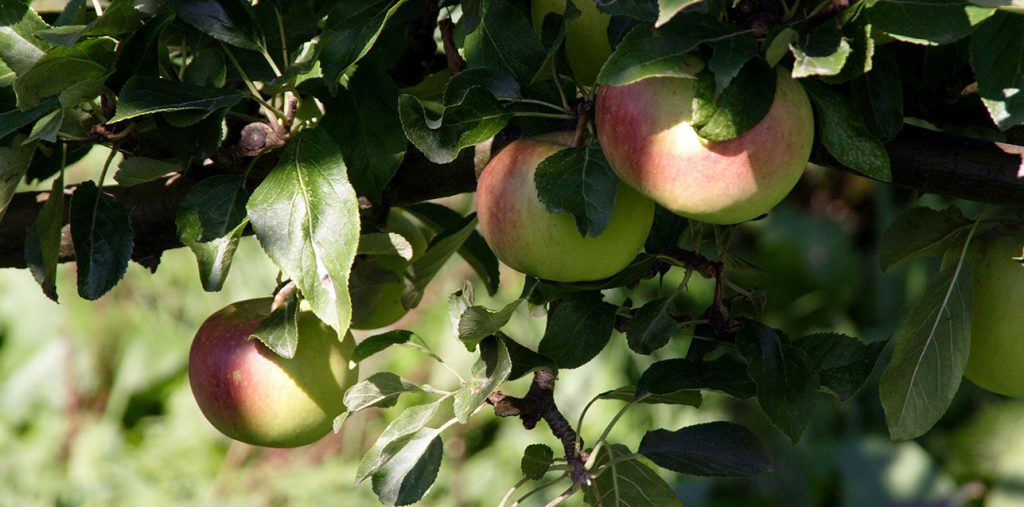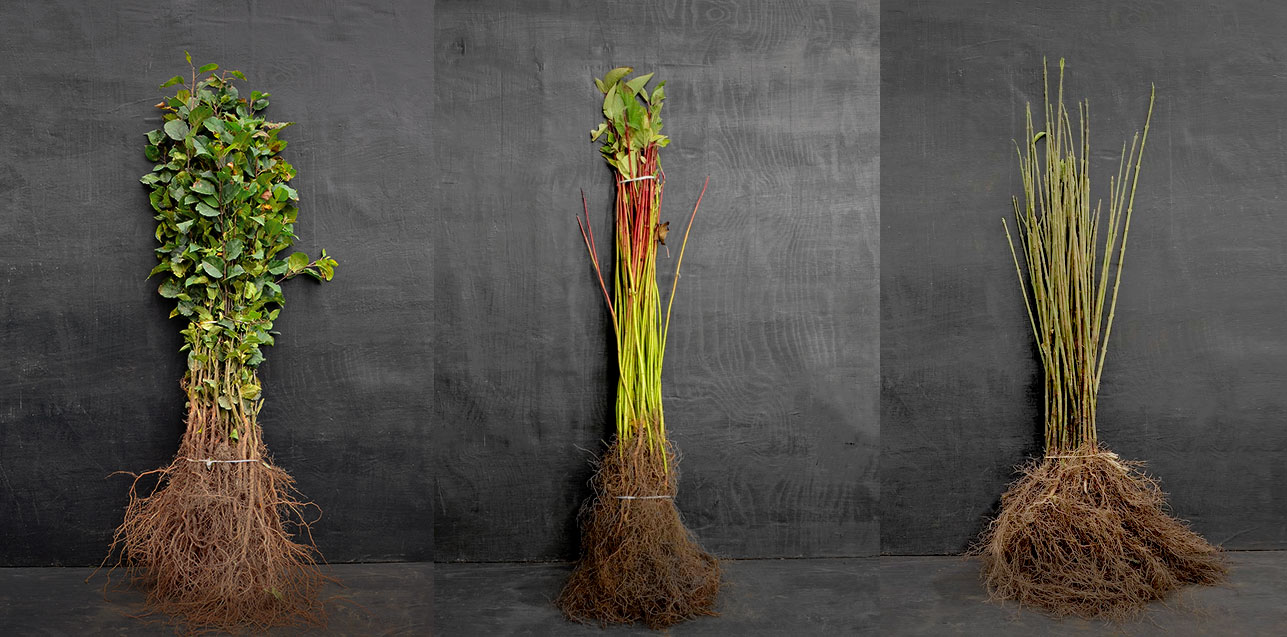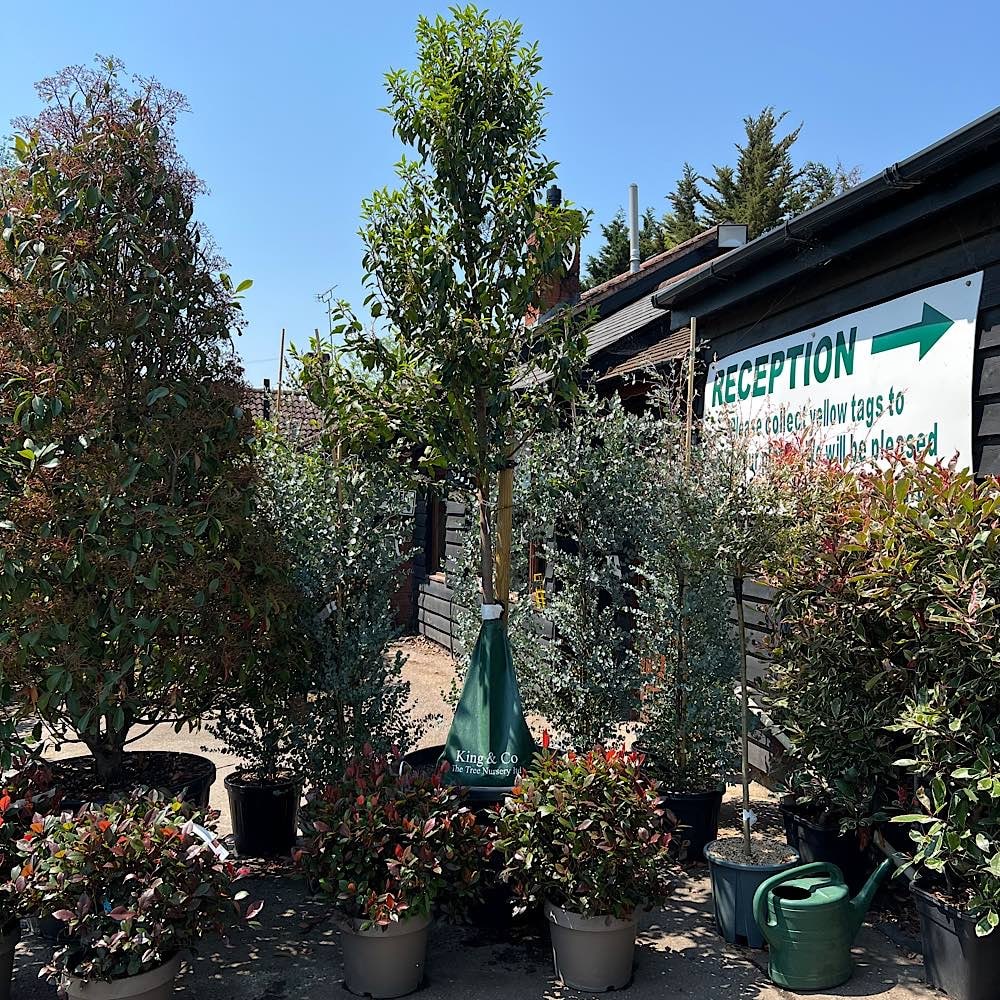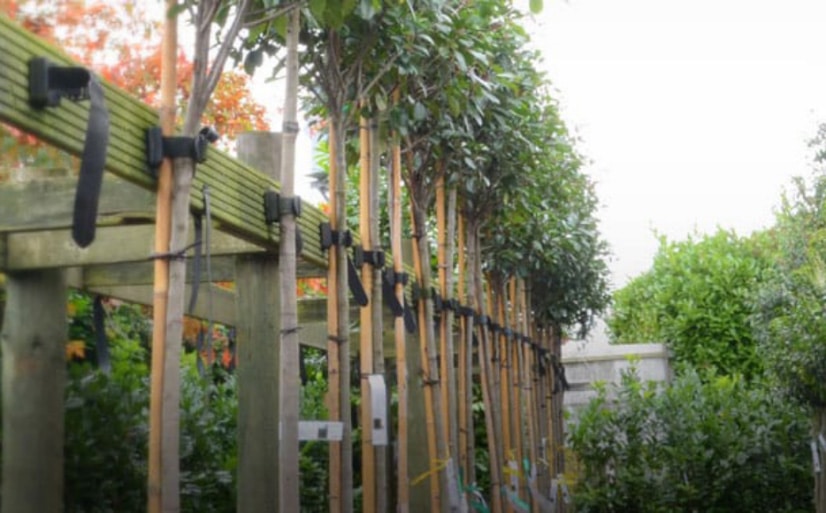Having spent a good deal of hard-earned money investing in your new trees, it is crucial that they receive enough water, especially during the first few growing seasons after planting. In this article, we’ll share best practices for irrigating trees to help you provide the right amount of water, ensuring they survive the growing season and remain healthy!
Why do newly planted trees need water?
To help your new tree thrive, proper watering is crucial, especially in its initial years. Tree roots absorb water and nutrients from the soil to stay healthy. However, the root systems of newly planted trees aren’t yet established enough to efficiently absorb water from the surrounding soil. This is why a regular watering schedule is essential to aid their development.
As your tree establishes itself in its new location, its need for watering will decrease. However, it’s vital to keep the soil consistently moist for the first few years after planting. If the soil lacks sufficient moisture, the roots can dry out and die back, potentially leading to stunted growth or even the loss of your tree.
At our nursery, we are fortunate to have boreholes that pump natural water directly from the ground into holding tanks, which supply our pressurised irrigation system. The trees in our production areas, fixed to tree lines, receive a set amount of water three times throughout the evening and hours of darkness. Once they leave the nursery, it’s up to you to ensure your trees receive enough water to keep the soil moist.
Here are some helpful watering tips:
Tips
1. Water in the early morning or evening. Morning watering allows the tree to absorb moisture throughout the day, while evening watering minimizes water loss due to evaporation. Avoid watering during the hottest part of the day, as much of the moisture will evaporate before reaching the roots.
2. Recommended volume. As a guide, we recommend giving each tree approximately 5 litres of water every second day during the growing season. This volume is a good starting point for maintaining consistently moist soil. However, you’ll need to regularly check the soil to ensure it’s not becoming too wet or too dry. It is up to you to adjust the volume as required.
3. Direct water at the base. Direct the water at the base of the trunk, making sure it soaks into the soil around the roots. Avoid watering the leaves, as this can lead to fungal issues or leaf scorch. Using a rose attachment on your hose or watering can will help reduce runoff and improve water absorption.
Following these tips will help your new tree flourish! It’s important to avoid both over and under watering. If the soil becomes too dry, it can stress the tree, and if it’s oversaturated, the roots won’t be able to access the oxygen in the surrounding soil. Please note that rainfall is often not enough, especially during dry spells.
For added convenience, you might consider installing a tree watering bag or using a root rain irrigation system. These tools deliver water slowly and directly to the root zone, promoting deep root growth and long-term resilience. Tree watering bags are particularly useful if you’re planning to go away on holiday!
We hope this helped to highlight the best practices for irrigating trees! If you have any questions please contact our knowledgeable sales staff!






